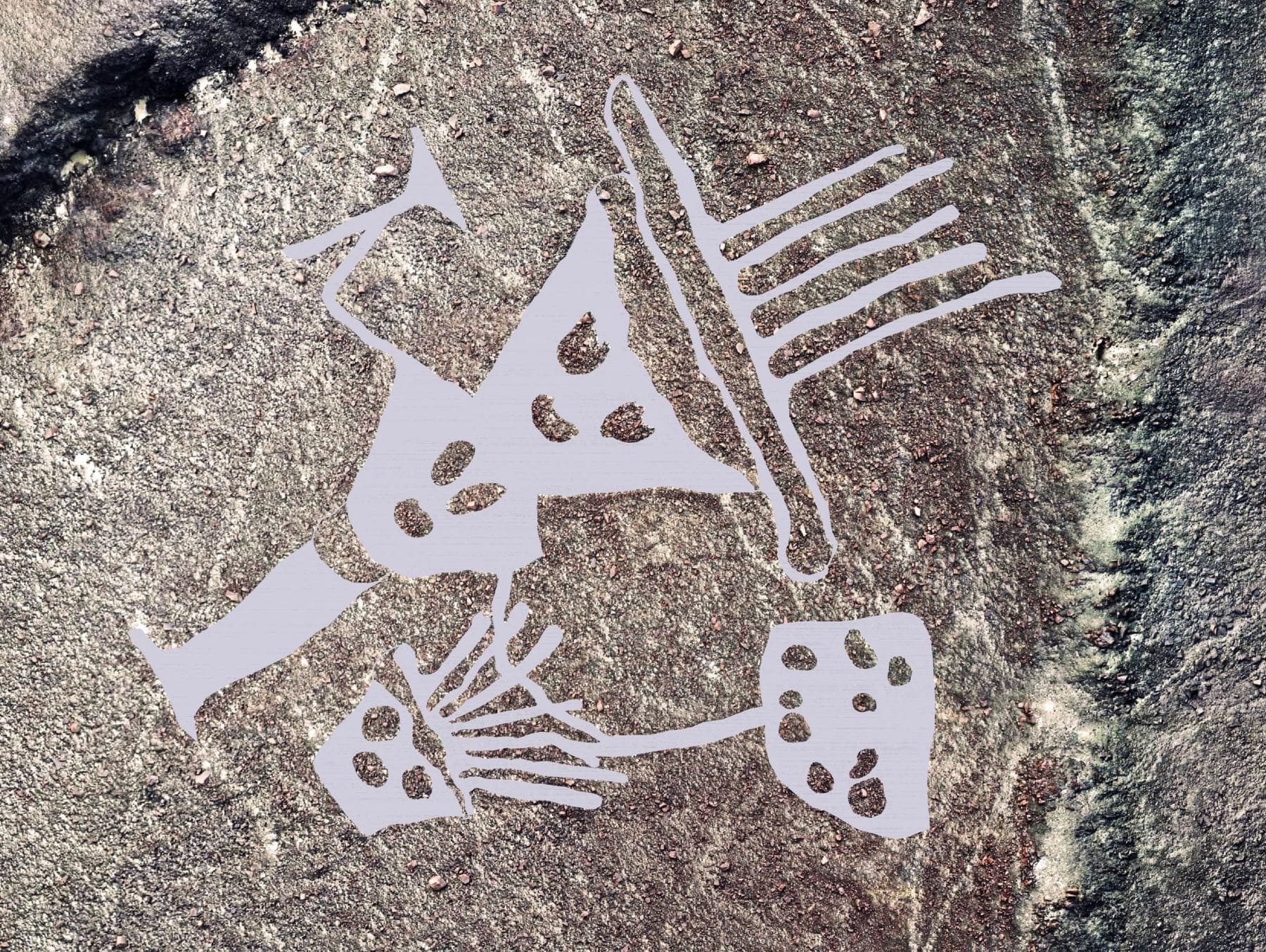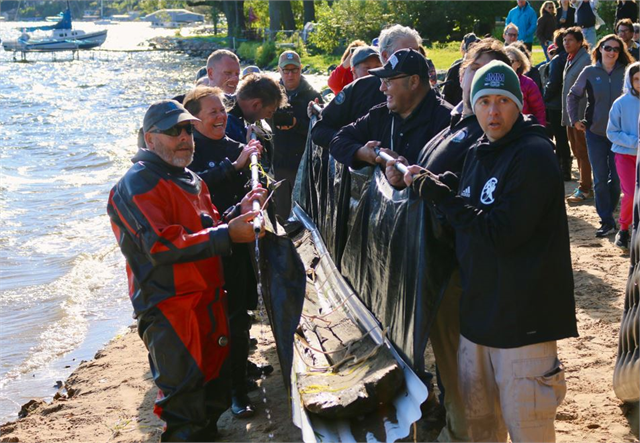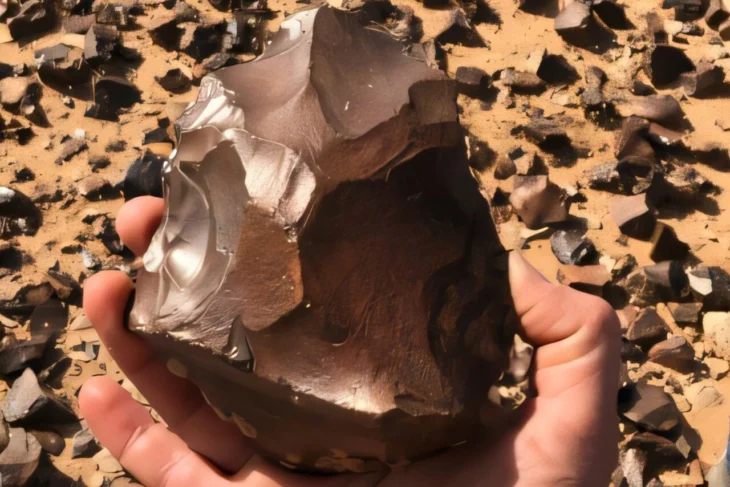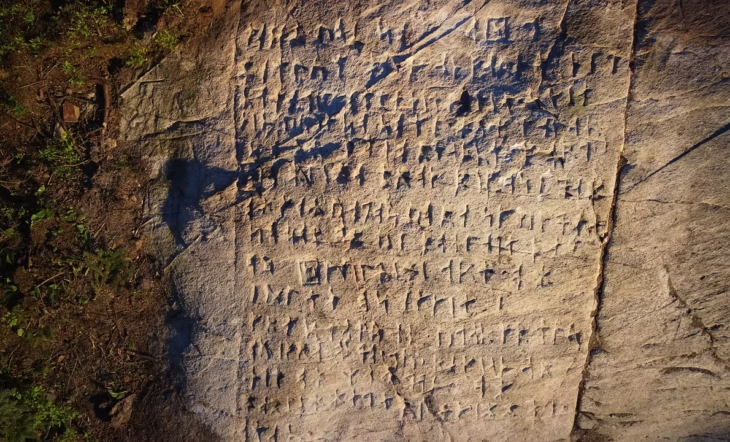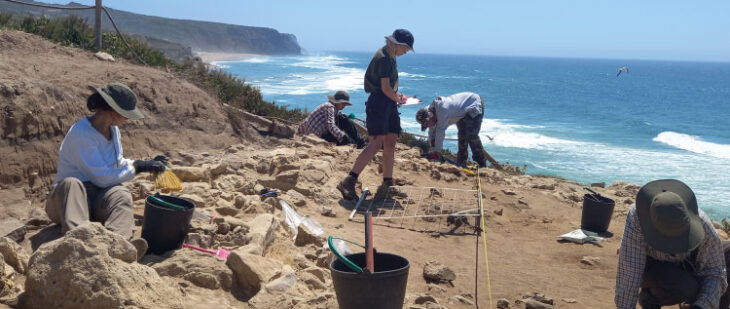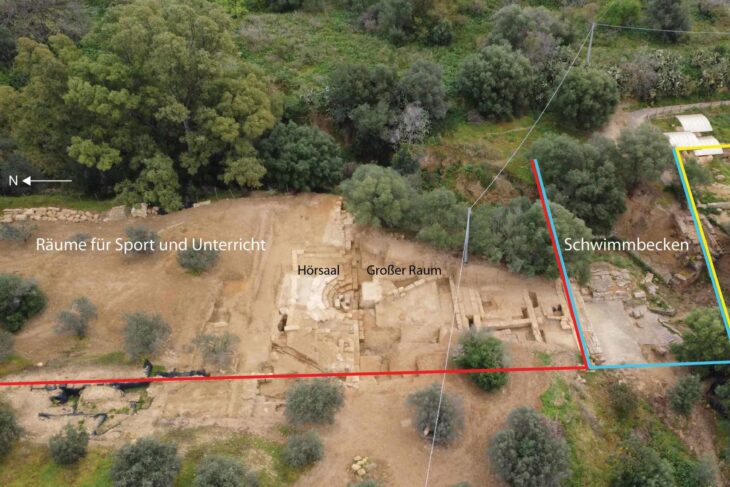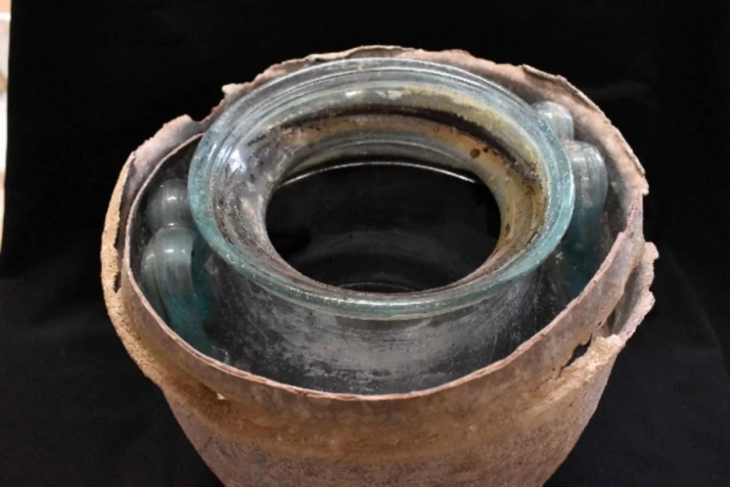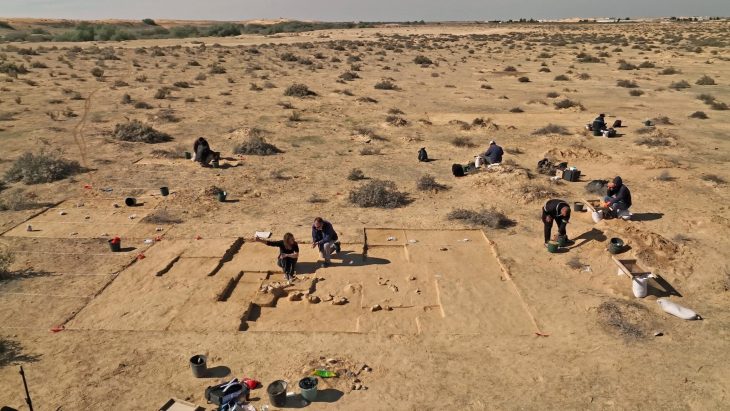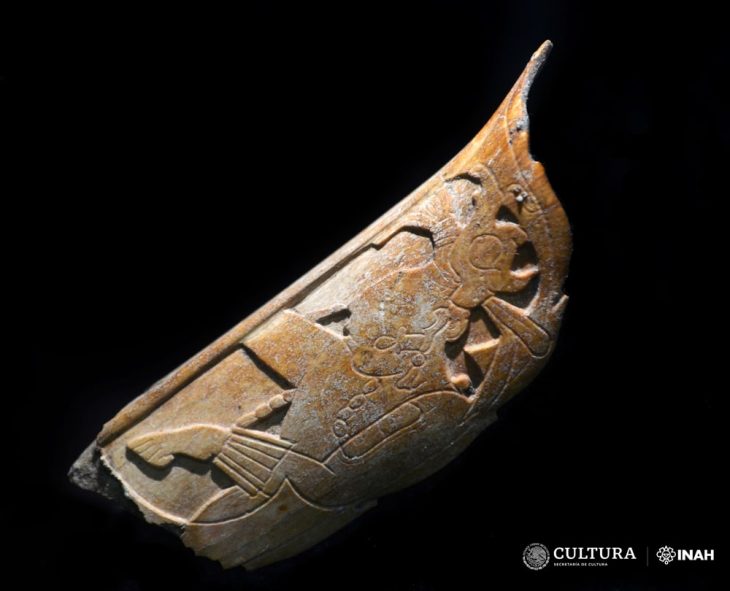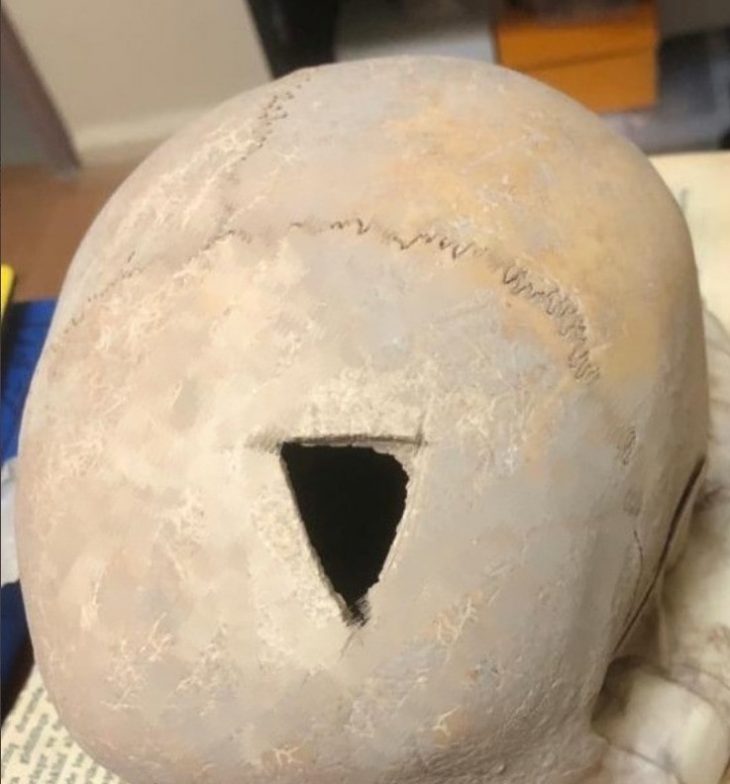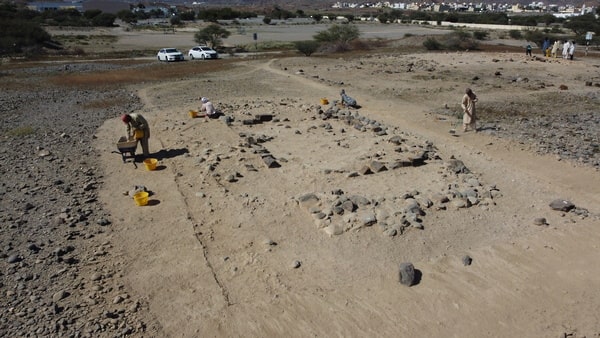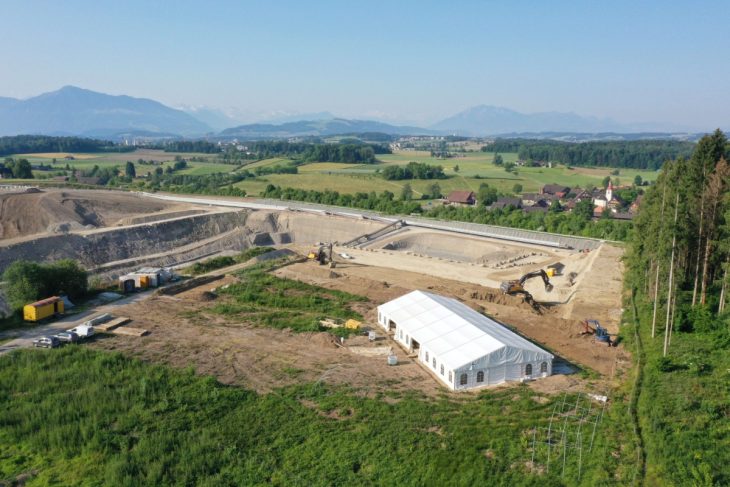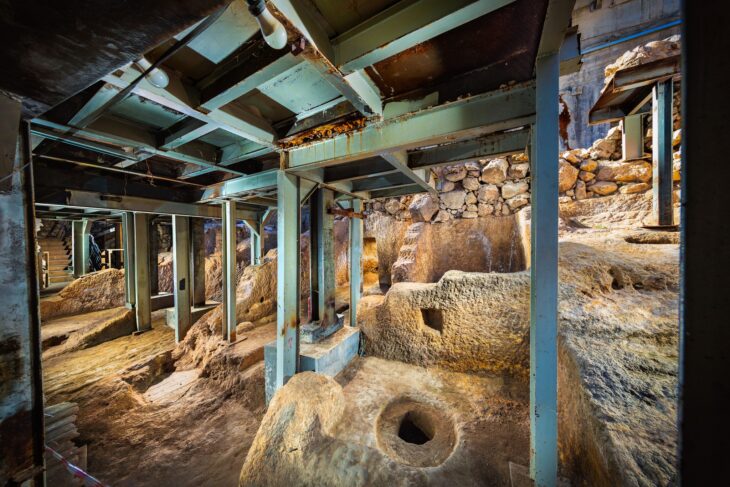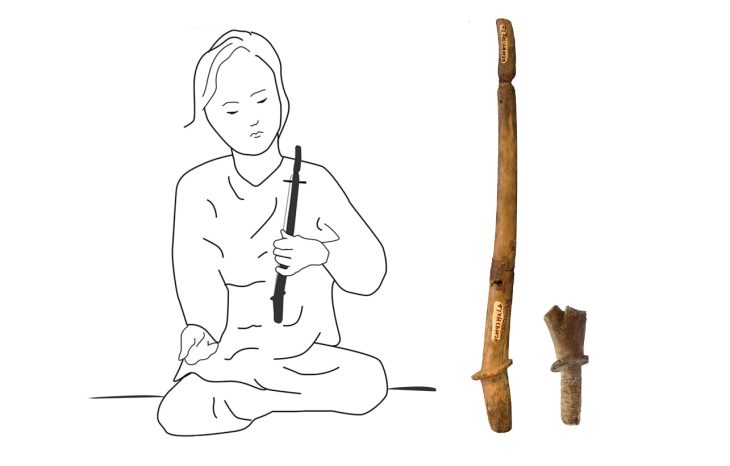In Ica, a region south of Lima on the coast of Peru, 29 geoglyphs were found by an archaeologist from the San Luis Gonzaga National University (UNICA) and a team of 20 students.
29 years after UNESCO declared the famous Lines and Geoglyphs of Nasca and Palca as Cultural Heritage of Humanity (December 17, 1994), a new discovery with impressive figures in Ica highlights this region which houses this testimony of ancient Peruvian astronomical and religious expression.
The discovery was made in the Ica region’s El Ingenio and Changuillo districts, which are part of the Nazca province. The geoglyphs date from between 300 BC and AD 100, which corresponds to the late Paracas and early Nasca periods, according to the researchers.
Cats and anthropomorphic figures are depicted in these geoglyphs. They were discovered during a four-month research project that was approved by the Ministry of Culture. The team was led by an archaeologist and teacher at the Unica school of archeology, Omar Bendezú De la Cruz.
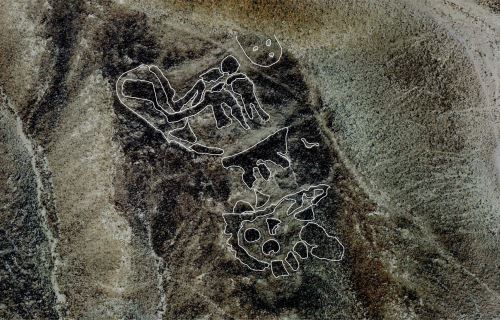
Omar Bendezu De la Cruz explained that the figures are located on the slopes of the hills in the population center of San Francisco in El Ingenio district and in the sector of San Juan in Changuillo district.
📣 Our WhatsApp channel is now LIVE! Stay up-to-date with the latest news and updates, just click here to follow us on WhatsApp and never miss a thing!!
The geoglyphs were recorded using a drone and the images were analyzed using specialized software to determine the shape of the figures.
The study has identified 10 geoglyphs in the El Ingenio District that feature feline figures measuring up to 17 meters long by 12 meters tall, while in the Changuillo District, the team found 8 geoglyphs depicting feline figures measuring up to 37 meters long by 13 meters tall.
The remaining geoglyphs discovered show anthropomorphic figures, ten of which were discovered in the El Ingenio District and one in the Changuillo District.
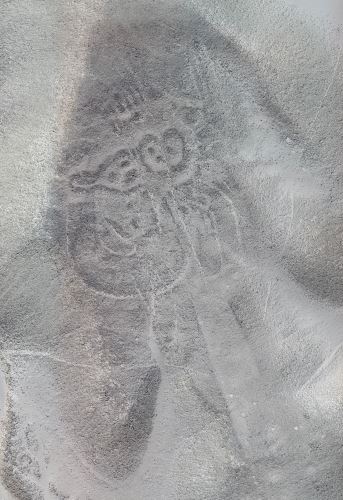
Felines appear frequently in Paracas Culture, including ceramics and textiles. Some researchers believe they are associated with fertility and are a water deity.
The Paracas culture was an ancient civilization that thrived on the southern coast of Peru, dating back to around 800 BCE to 100 BCE. They are renowned for their remarkable advancements in textile arts, particularly weaving, which produced intricately designed textiles with vibrant colors. The Paracas culture is divided into two phases: Paracas Cavernas and Paracas Necropolis. The latter is characterized by its elaborate burials and exceptional textiles.
Their influence extended through trade networks, connecting them with other ancient cultures like the Chavín and Nazca civilizations. However, the decline of the Paracas culture occurred around 200 BCE, possibly due to environmental changes or conflicts within the society.
Cover Photo: Genry Bautista

